Last week we wrote about how pain is a lagging indicator of injury. By the time you feel it’s too late.
The article establishes how our bodies are meant to do millions of movement cycles without damage, BUT when we move with bad form, we burn through these cycles faster, which leads to injuries.
So now we are giving you the preventative medicine, so you don’t have to wait for your body to blow up before you know something is wrong.
There are seven basic movements the human body can perform, and all other exercises are merely variations of these seven: Pull, Push, Squat, Lunge, Hinge, Rotation, and Gait.
Each of these movements has a set of ideal biomechanics. Deviating from them starts burning through those movement cycles, leading to injury.
Each week for the next 7 weeks we will cover one of these movements.
This week we are covering the LUNGE.
The lunge requires hip extension and internal rotation. Great toe and ankle dorsiflexion, as well as core and glute stability. Running, split jerks, and throwing are examples of other movements that build on the lunge pattern,
Common Form Faults Of The Lunge
Knee Valgus (collapsing in) can lead to a host of hip and knee problems, including an ACL tear during cutting.
Lack of Great Toe/Ankle Dorsiflexion can lead to plantar fasciitis.
Knee Going Over Toes can lead to patellofemoral pain syndrome/runner’s knee (sorry, knee’s over toes guy).
Lack of Hip Extension can be caused by a weak glute or overactive hip flexors. Having this error during the lunge pattern often leads to back pain.
How To Use This Knowledge
Video yourself doing these movements with and without weight, speed, cardiovascular intensity, etc.
If you have one of these errors, it can predict injury.
Reduce the load/speed/intensity and see if the error stops. If it does, you know you need to work slightly below the attempted level.
If reducing speed/load/intensity does not fix your problem, come see us!


